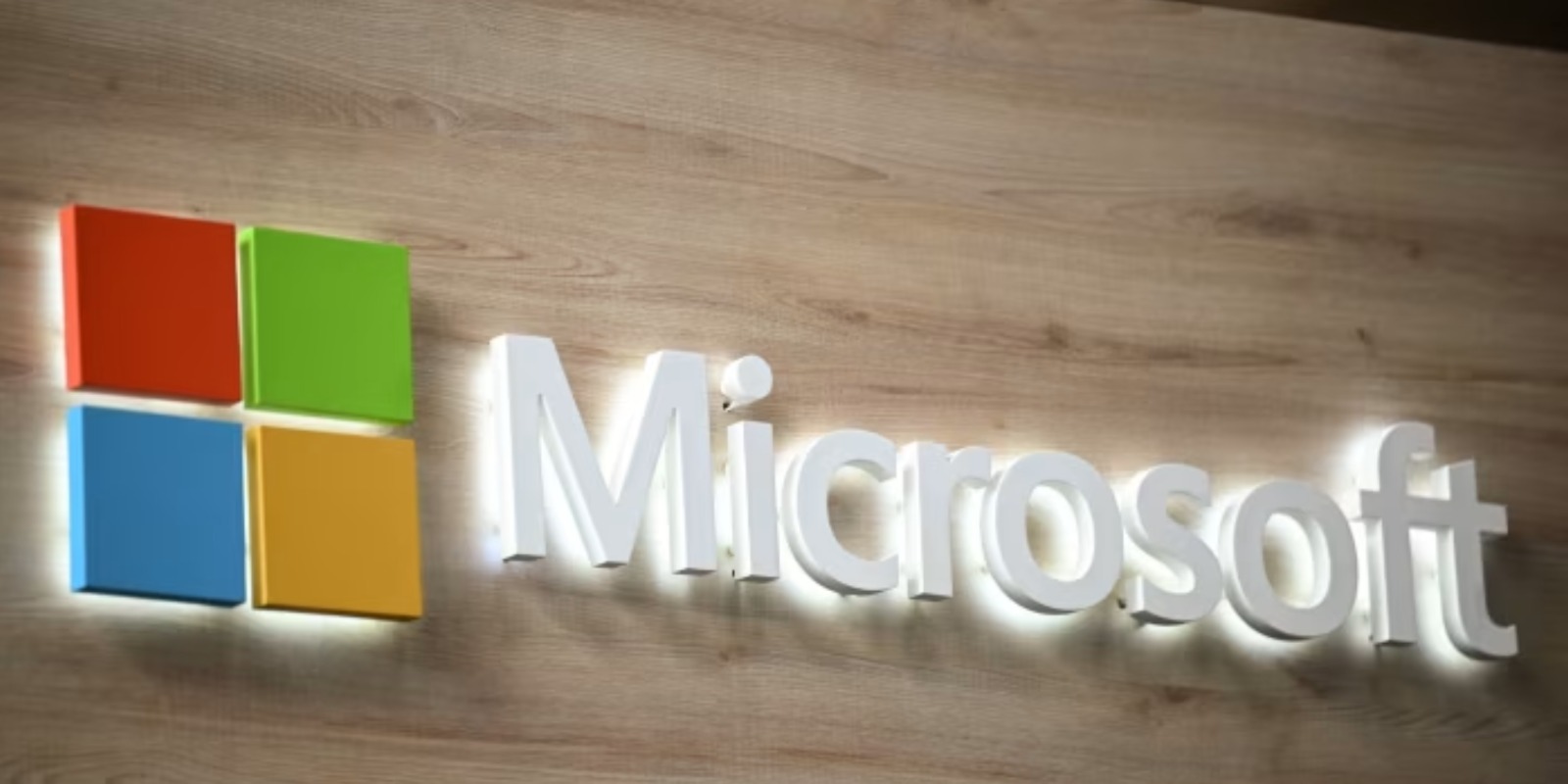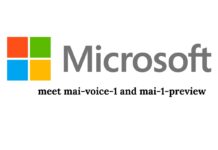Table of Contents
A Surprise Change in Microsoft’s Security

Microsoft, one of the largest technology companies in the world, recently made a big change to its account security system. However, many users were caught off guard because the company didn’t warn enough about the update. This change affects how people sign in and secure their accounts, which could impact millions of users worldwide.
In this blog, we’ll explain this security change, why it matters, and what you need to do to keep your account safe.
What Security Change Did Microsoft Make?
Microsoft has introduced a new security measure that changes how users access their accounts. The change involves removing an older, less secure way of logging in and replacing it with a stronger, safer method.
In simple terms, this update is meant to protect users from hackers and cyber threats. While this change is good for security, many people were surprised because Microsoft didn’t give clear warnings before rolling it out.
Why Did Microsoft Make This Change?

Cyber threats are growing every day, and hackers are constantly looking for ways to steal personal information. Microsoft wants to protect its users by improving account security with better login methods.
Here are some reasons behind the change:
- Better Protection:
The new security system makes it harder for hackers to break into accounts. - Fewer Password Leaks:
Weak passwords are a big security risk, and the new system aims to reduce the chances of stolen passwords being used. - More Secure Authentication Methods:
The new process encourages users to adopt safer options like two-factor authentication (2FA), which adds an extra layer of protection.
How Does This Affect Users?
If you use a Microsoft account for services like Outlook, Xbox, or OneDrive, this change affects how you log in. Some older login methods may no longer work, and users need to switch to newer, safer options.
What Users Might Notice:
- New Login Steps:
When signing in, you might need to follow extra steps to verify your identity. - Two-Factor Authentication (2FA) Encouraged:
Microsoft will encourage you to add 2FA, which requires a second verification form like a code sent to your phone. - Changes to Linked Devices:
Some devices or apps that used the older login method might require updates to continue working.
What Should You Do to Stay Safe?
To ensure your account remains secure and accessible, follow these important steps:
1. Update Your Login Method
Make sure you’re using the latest sign-in options, such as:
- Strong passwords
- Microsoft Authenticator app
- Security keys for login
2. Enable Two-Factor Authentication (2FA)
Adding 2FA to your account means you must provide a second step to log in, such as a code sent to your phone or email. This makes it much harder for hackers to access your account.
3. Review Your Account Settings
Go to your Microsoft account security page and check for any security updates or alerts that need your attention.
4. Update Saved Passwords on Devices
If you have saved your Microsoft password on your phone or computer, update it to avoid login issues.
5. Be Cautious of Phishing Attempts
Scammers might take advantage of this change by sending fake emails pretending to be from Microsoft. Always double-check email senders and avoid clicking on suspicious links.
Why Good Security Practices Matter
Keeping your account safe is more important than ever because:
- Personal information like emails, files, and photos can be stolen if your account is hacked.
- Hackers can use compromised accounts to send spam or spread malware.
- Financial details stored in your Microsoft account (such as payment methods) could be at risk.
By staying informed and updating your security settings, you can protect your data from cyber threats.
What Could Happen in the Future?
With this major change, Microsoft is likely to continue improving its security systems. In the future, we might see:
- More Advanced Authentication Methods:
Biometric logins, such as facial recognition or fingerprint scanning, may become more common. - Stronger Security Across Devices:
Microsoft could introduce new ways to protect accounts on different devices like phones, tablets, and gaming consoles. - More Transparency:
After the feedback from users about the lack of warning, Microsoft might improve how they communicate future changes.
Conclusion: Stay Secure with Microsoft’s Updates
While Microsoft’s new security changes aim to make accounts safer, the lack of clear communication surprised many users. However, by taking simple steps like updating login methods, enabling two-factor authentication, and staying alert for scams, users can stay protected and enjoy a secure online experience.
Remember, good security habits go a long way in keeping your accounts and personal information safe from hackers. Stay informed, stay updated, and stay secure!






































